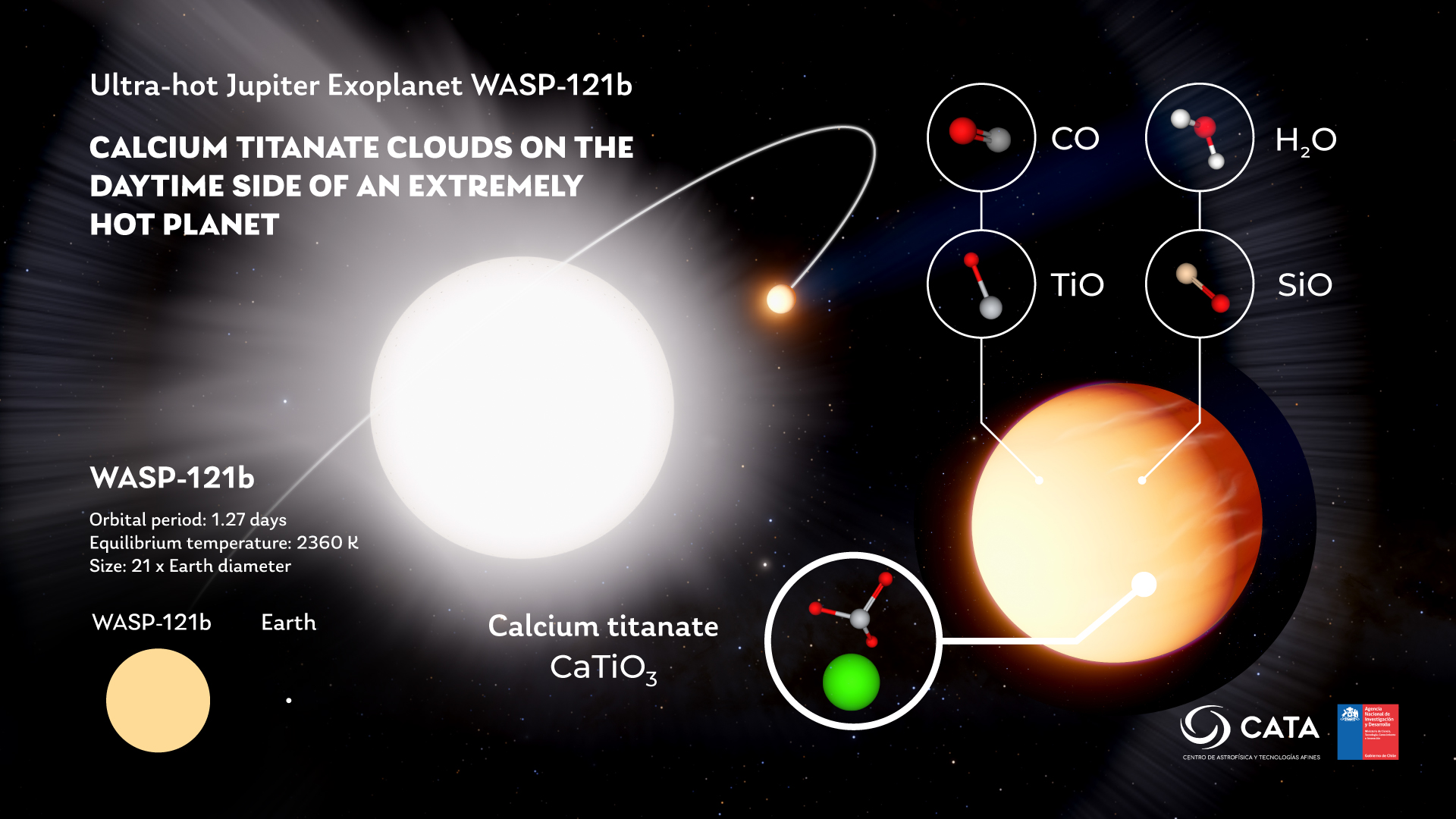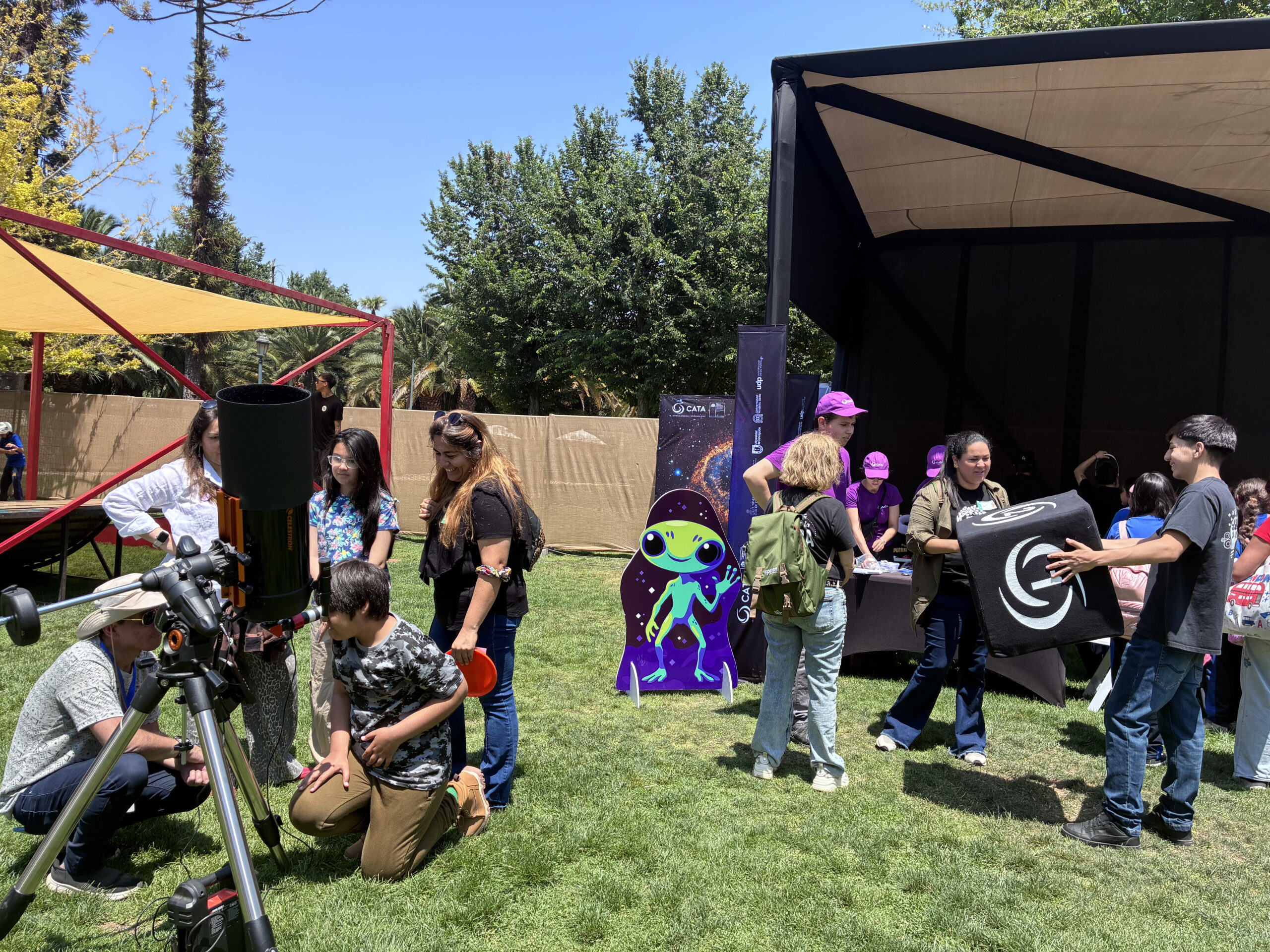
CATA invites children to take advantage of the vacations to learn about space
Two didactic workshops and a talk on "The end of the world according to astronomy" were well attended by children and their parents at the Santiago Library. This was an opportunity to learn interesting facts about the Moon, exoplanets and the future of the universe.
At this time of the year, the Santiago Library becomes a point of interest for children and their parents, in order to discover original and educational panoramas, and thus share the winter vacations with the family and learn in an entertaining way.
The Center for Astrophysics and Related Technologies (CATA) held two workshops at this site, which receives about 5,000 visitors every day, where children were able to arouse their curiosity with interesting and striking facts about the Moon and exoplanets.
The activities were carried out by José Utreras, in charge of Content and Dissemination at CATA, together with graduate students also linked to the Center.
In the first activity, through their own drawings, the attendees learned details about the origin of the seas and main craters of our natural satellite, together with José Utreras.
Catalina Vargas, a Master’s student in Astronomy at the University of Chile, joined the Exoplanets Workshop, giving striking information about the impressive number of these bodies found beyond the frontier of our solar system, thanks to space research. Here, the children also randomly created their own planetary systems based on a red, yellow or blue star and saw the consequences that this configuration gave to each of their planets. In this way they were also able to understand how special our own solar system is.
At the same time, Paula Díaz and Vicente Woolvett, Master’s students in Astronomy at the University of Chile, set up a CATA stand where visitors to the Santiago Library, through entertaining games, were able to clarify questions such as why the moon has so many craters, why there is a large smooth area on the lunar surface, or how does it stay in orbit around the Earth? In addition, they were able to touch 3D models of the Moon to notice its particular characteristics.
Disseminating astronomy
Generating instances where astronomical knowledge can reach the community is one of the objectives of CATA’s Content and Dissemination area.
“For our Center it is very important to awaken the curiosity to learn more about astronomy in future generations. Many of these children, with these activities, can take a first step to become the scientists that our country will have in the future. In addition, by doing it in a playful way, we break that gap where they may feel that science, and especially astronomy, is something distant and difficult to understand. On the contrary, they realize that it is something fascinating and they enjoy it,” said Elise Servajean, general manager of the Center for Astrophysics and Related Technologies.
For the Santiago Library it is also a beneficial instance to give an added value to the activities offered to a community that is looking for alternatives during the vacation season.
“It is very important for us to look at libraries not only as a space for books, but also as a place to learn about different areas and, among them, science, which has been a bit fussy for children, a bit difficult, since it is trapped in many myths. In this sense, CATA’s contribution is fundamental for us to understand that science can be entertaining, fun, and can be useful in your daily life”, commented Gladys Valenzuela, head of the Press and Reference Room of the Santiago Library.
Those who attended these activities also felt the same way. “Very entertaining and it helps us to find activities that are a contribution for our children during the vacations. I also recognize that I learned several things that I had no idea and they do it in a didactic way to bring astronomy closer to the children. It was really a good idea to come here”, said Patricio Cárdenas. This was complemented by his nine-year-old daughter Natalia. “I had a lot of fun drawing the Moon and I didn’t know that the craters were formed by asteroids that fell a long time ago,” he said.
The day culminated with an interesting talk by Benjamín Navarrete, a Master’s student in Astronomy at the University of Chile, called “The end of the world according to astronomy”, which explored the different dangers that any civilization would face in the cosmos, from the collision of asteroids to the expansion of the universe, events that would leave us isolated from the rest of the galaxies and facing a cosmos full of corpses of stars in millions of years to come.
Recent news
-
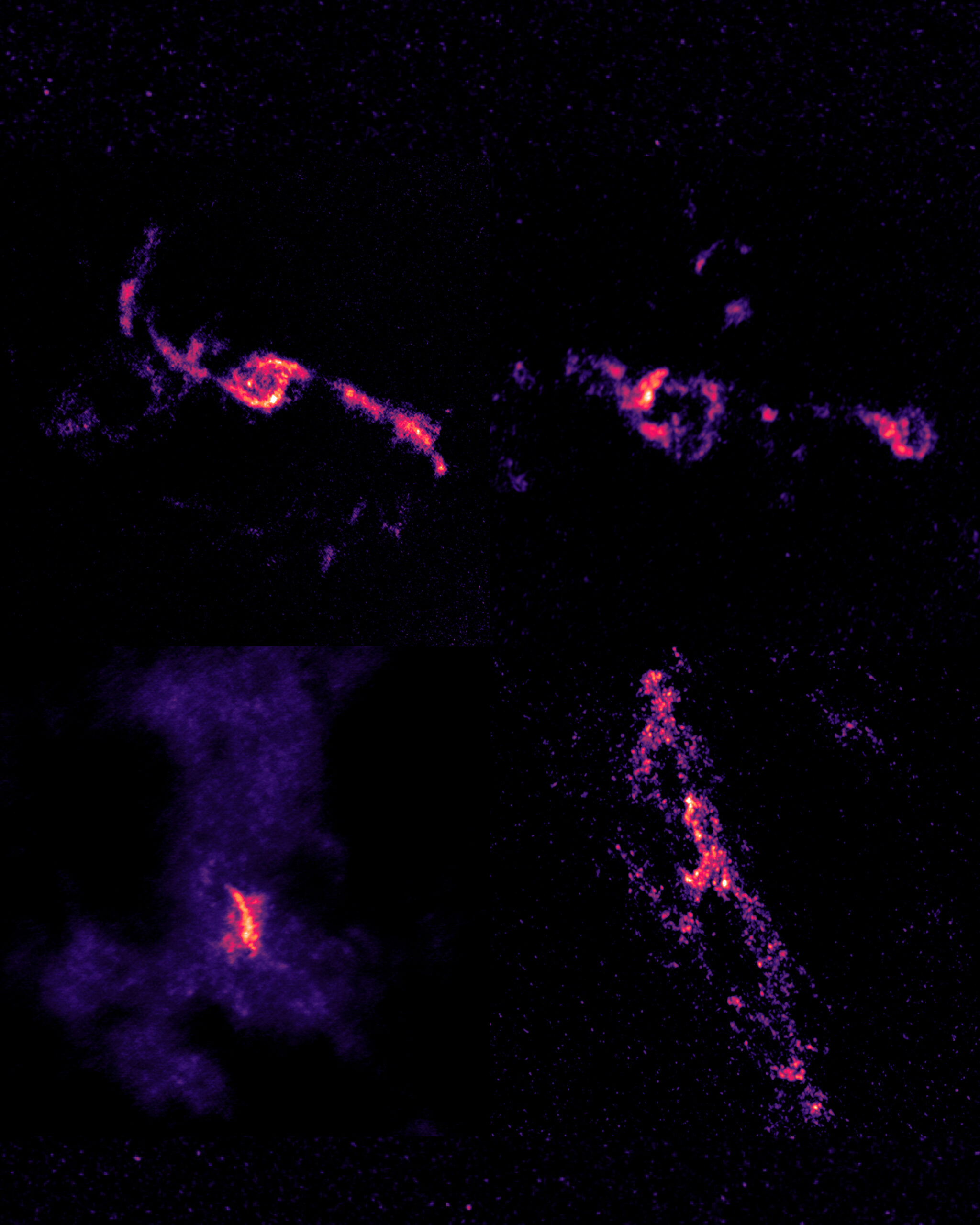 Publicado el: 22/12/2025International study reveals that black holes feed selectively
Publicado el: 22/12/2025International study reveals that black holes feed selectively -
 Publicado el: 20/12/20253I/ATLAS: the interstellar comet approaching Earth and what is known about it
Publicado el: 20/12/20253I/ATLAS: the interstellar comet approaching Earth and what is known about it -
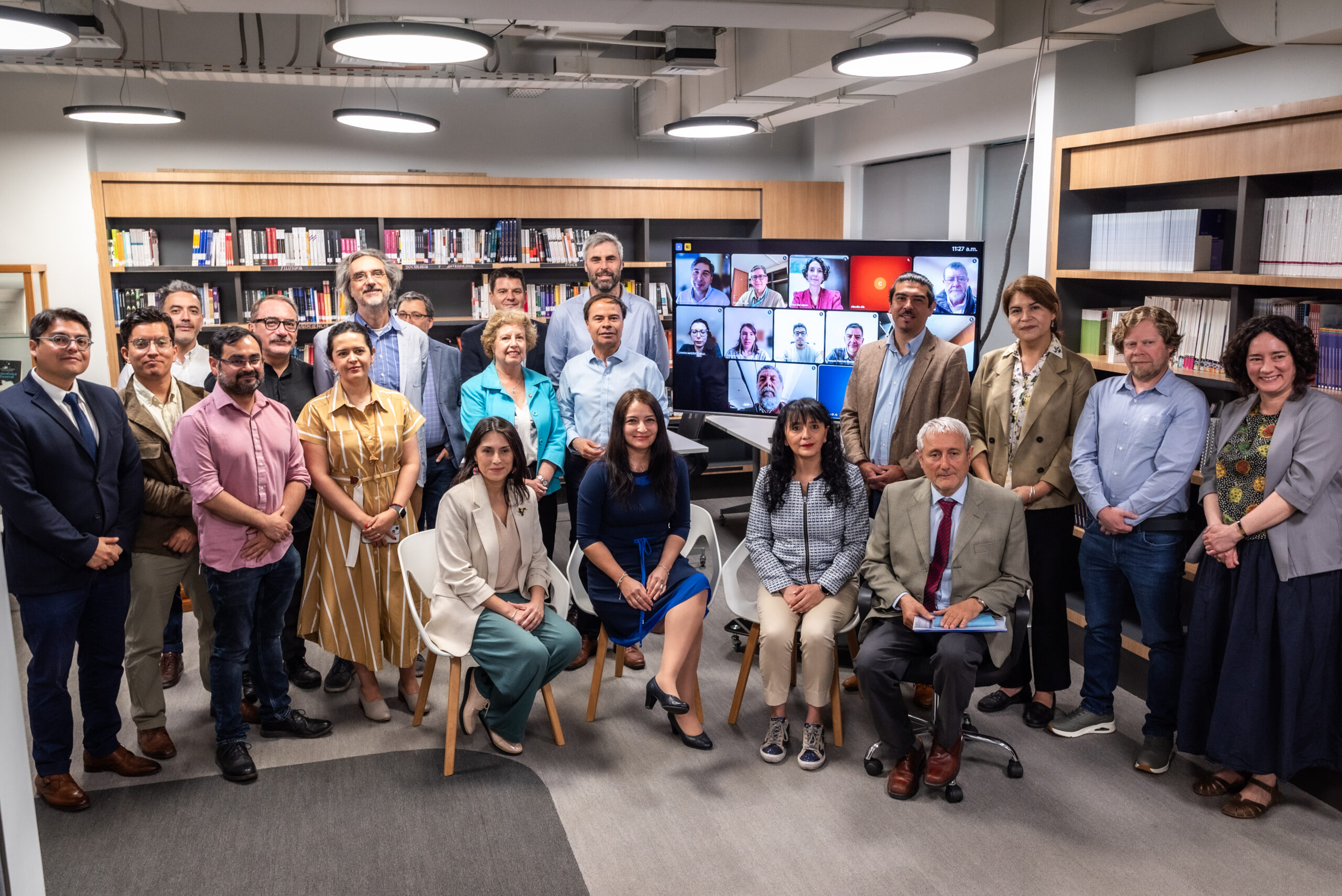 Publicado el: 18/12/2025Ministerial Advisory Committee for Astronomical Observation submits its final report
Publicado el: 18/12/2025Ministerial Advisory Committee for Astronomical Observation submits its final report -
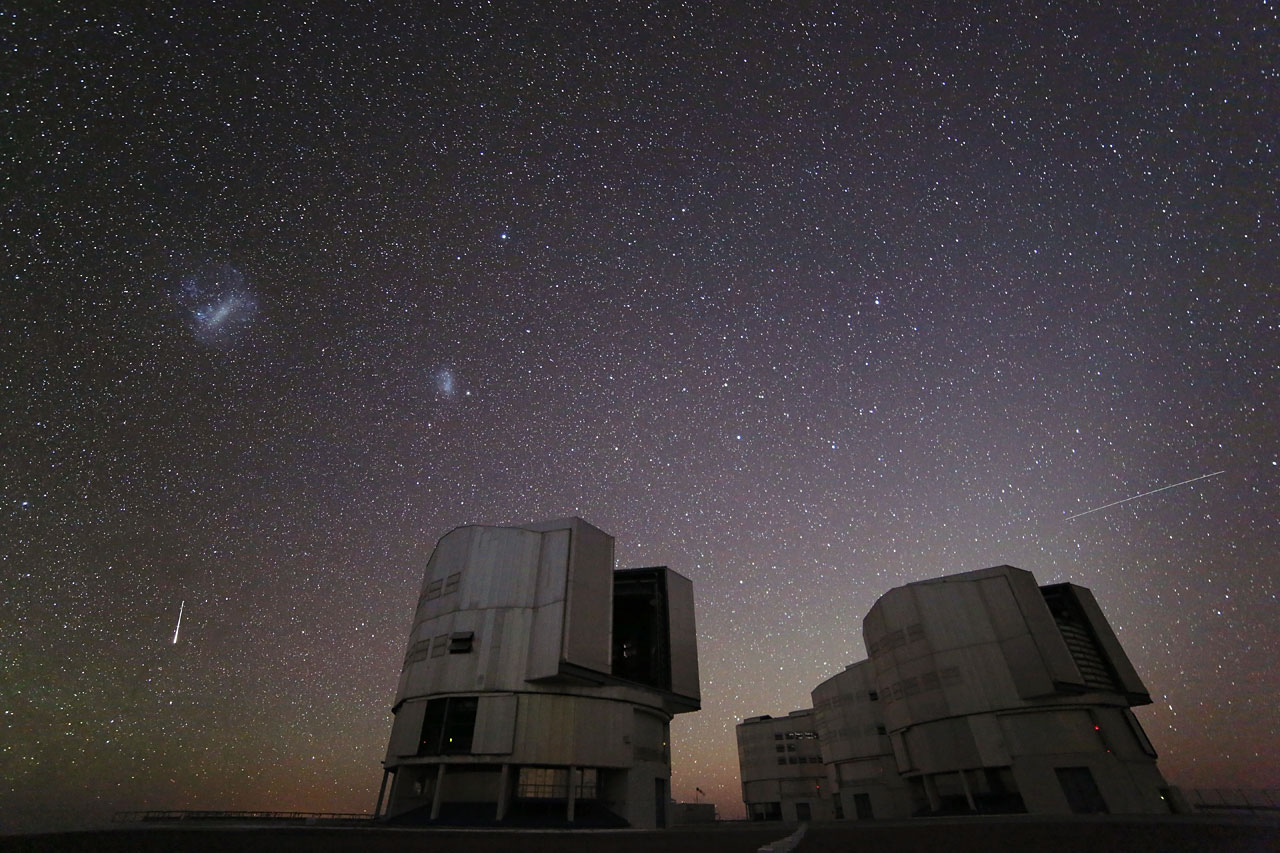 Publicado el: 13/12/2025Geminids 2025: facts and how to observe the last meteor shower of the year
Publicado el: 13/12/2025Geminids 2025: facts and how to observe the last meteor shower of the year -
 Publicado el: 12/12/2025Call for applications for the CATA Emprende 2026 program now open
Publicado el: 12/12/2025Call for applications for the CATA Emprende 2026 program now open
Categories list
- Acknowledgments 21
- Astrobiology 6
- AstroCluster 1
- Black holes 20
- Corporativo 58
- Cosmology 5
- Descubrimientos 23
- Disclosure 74
- Exoplanets 14
- Extension 7
- Galaxies 22
- Galaxies formation 6
- Inter y Transdisciplina 4
- Local Universe 17
- Publications 6
- Sin categorizar 34
- Solar System 23
- Stellar formation 8
- Technology 16
- Technology Transfer 18









